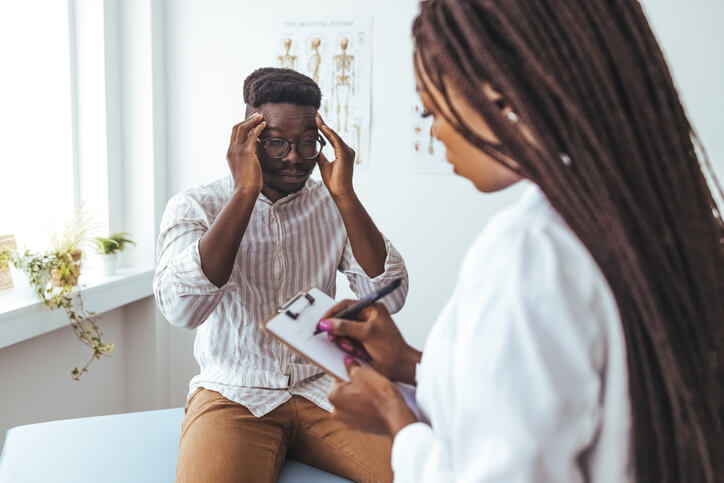
Alongside other healthcare team members, nurses are essential medical emergency responders. Every moment counts in moments of medical emergencies, and the ability to respond effectively in these situations is a crucial skill for practical nurses.
Completing practical nurse training equips professionals with the knowledge and hands-on experience to navigate high-stress situations and provide timely and efficient care. This blog post will explore the essential aspects of responding to an emergency after practical nurse training.
Calmly Assess the Situation and Prioritize Care
One of the practical nurses’ first lessons is the importance of quickly and accurately assessing an emergency. This involves evaluating the scene for potential dangers, ensuring personal safety, and identifying the number and condition of individuals involved. Practical nurse training emphasizes the need for a systematic approach to assessment, allowing nurses to prioritize care based on the severity of injuries or illnesses.
Every emergency is unique, and practical nurses must be adaptable. A skillful response requires thinking critically, making swift decisions based on the evolving situation, and adjusting interventions accordingly. Flexibility is crucial in navigating the uncertainties that come with emergencies.
Once the situation is assessed, practical nurses are trained to prioritize care based on the urgency of each individual’s needs. This prioritization often follows the ABCs: Airway, Breathing, and Circulation. Addressing these critical components can stabilize a patient’s condition and prevent further deterioration. This approach is ingrained in practical nurse training to ensure professionals can efficiently manage various emergencies.

Implement Cardiopulmonary Resuscitation (CPR) Skills Using Emergency Equipment
Practical nurse training strongly emphasizes cardiopulmonary resuscitation (CPR) skills. Proficiency in this technique is essential for responding to emergencies such as cardiac arrest or respiratory failure. Before you become a practical nurse, you are trained to recognize the signs of life-threatening conditions and initiate appropriate interventions promptly. This level of preparedness can significantly impact patient outcomes, which makes it a fundamental part of practical nurse training.
Practical nurse training extends beyond theoretical knowledge to hands-on experience with emergency equipment. This includes understanding the use of automated external defibrillators (AEDs), oxygen administration devices, and other essential tools. Familiarity with these resources ensures that you can quickly and effectively employ them in critical situations, enhancing your ability to provide immediate care.

Practical Nurse Training Emphasizes Effective Communication and Emotional Response
Emergencies can be emotionally challenging for both patients and healthcare providers. Practical nurse training includes strategies for managing stress and emotional responses in high-pressure scenarios. Nurses are taught to stay focused, maintain composure, and provide empathetic care while handling emergencies. These skills contribute to a supportive and calming presence, fostering a more positive outcome for patients in crisis.
Responding to emergencies often involves teamwork and effective communication, and the importance of clear and concise communication with both healthcare team members and (when appropriate) patients and their families cannot be overstated. Effective teamwork is critical for managing complex emergencies, and practical nurses are taught to collaborate seamlessly with other healthcare professionals to optimize patient care. As a practical nurse, you may also be required to communicate with the patient and their family, explaining the situation and planned interventions and addressing any concerns to maintain transparency and trust.
Are you interested in earning a practical nurse diploma?
Contact the Discovery Community College for more information.
